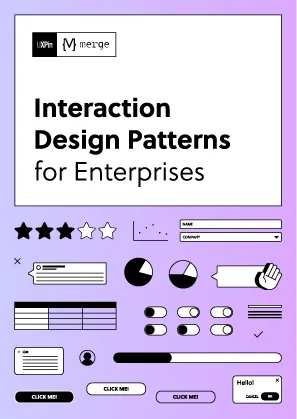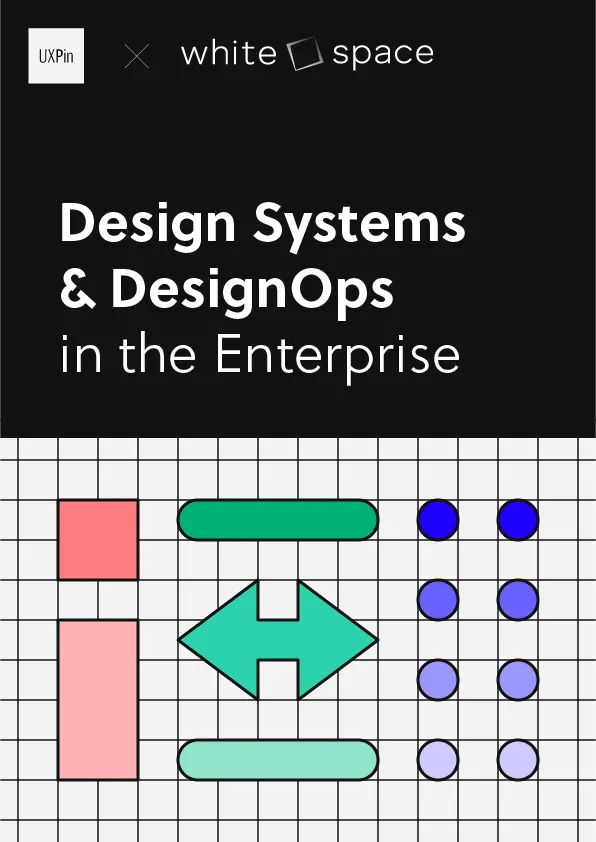Introduction
With the rapid integration of AI into design and development workflows, professionals in UI/UX design and front-end development are increasingly exploring how these tools can improve efficiency while maintaining quality. In a recent conversation, several industry practitioners shared their hands-on experiences with AI-assisted development, shedding light on how to balance automation with human oversight. If you’ve ever wondered how to harness AI without compromising on control, consistency, or creativity, this article will guide you through actionable insights and transformative strategies.
From structuring tasks to leveraging AI functionality like agent modes, this discussion dives deep into practical techniques for maintaining reliability, avoiding pitfalls, and optimizing the design-to-development pipeline.
Structuring Your Workflow: The Foundation for Success
The Importance of Task Planning and Subtasks
A recurring theme in the discussion was the need for structured task planning. Breaking complex projects into manageable subtasks ensures that each step is clear and achievable. More importantly, this approach helps mitigate the risk of losing context when using AI tools, which often have token limits for processing information.
Key strategy: Divide each task into smaller subtasks such as creating code, writing tests, running tests, and reviewing outputs. This granular breakdown minimizes errors and allows for regular checkpoints to review progress.
"If I don’t stop and review the output, the AI might move on to the next subtask without my approval. This slows me down but makes my code much more reliable."
Commit Early, Commit Often
Another valuable insight was the practice of committing stable code frequently. Stability checkpoints not only make debugging easier but also provide a safety net should an issue arise later in the workflow. While this practice might feel slower, it leads to fewer errors and higher-quality outcomes in the long run.
Human Oversight in AI Workflows: Maintaining Control
The Risks of Blind Automation
One of the developers highlighted the dangers of "blind coding", where tasks are handed off completely to AI without human intervention. While AI can improve productivity, it’s not infallible. Even if tests pass, the underlying functionality might not align with your expectations.
"Even if the tests pass, you still need to check if the code does what you expect it to do. Blindly trusting the AI can lead to overlooked issues."
Leveraging Agent Modes
Some AI tools offer advanced modes like "agent mode", where the system can execute specific functions autonomously, such as running tests or creating files. However, maintaining control over these actions is crucial. For example, setting rules within the tool can ensure that AI stops after specific actions, allowing you to review its performance before moving forward.
Pro Tip: Always set boundaries for AI tools, specifying what they can and cannot do without user approval. For example, allow them to run tests but require permission before executing terminal commands.
"Sometimes the AI doesn’t stop when I ask it to, so I make sure to establish rules in the context. This ensures it follows the workflow I’ve outlined."
Managing Context and Token Limits
The Challenge of Context Loss
As projects evolve, the context behind tasks can grow too large for AI tools to process efficiently. This often results in errors or missteps, as the AI struggles to interpret instructions. One effective solution is restarting the AI chat periodically to reset its context.
"As the chat history grows, the AI starts losing track of the context. Restarting the chat for each subtask can prevent this issue and save token usage."
Using Compressed Context
Some tools allow users to toggle between full and compressed context modes. While compressed context can save token usage, it may lose important details. Balancing these options based on the project’s complexity and the tool’s capabilities is essential.
The Value of Knowing Your Tools
Tailoring AI Tools to Your Needs
Different AI tools offer various features, from plan-act structures to custom modes. Understanding the strengths and limitations of your chosen tool is critical for maximizing its potential. For example, some tools might allow you to set predefined workflows or create custom instruction sets for specific tasks.
"It’s important to fully understand your AI tools, just like you would with any other software in your tech stack. Know the good, the bad, and the quirks."
Custom Instructions for Better Results
For tools lacking built-in planning stages, you can create your own prompts or workflows. This approach ensures the AI operates within the boundaries you’ve defined, reducing the likelihood of errors and inefficiencies.
Key Takeaways
- Plan and Divide Tasks: Break projects into smaller subtasks to maintain clarity and control. This approach ensures smoother workflows and prevents the AI from losing context.
- Commit Frequently: Regularly commit stable code to create reliable checkpoints during development. This practice boosts long-term quality, even if it seems slower initially.
- Maintain Oversight: Avoid blind automation by reviewing outputs at each stage of the process. Even if tests pass, ensure the functionality aligns with expectations.
- Set Rules for AI Tools: Establish clear boundaries and instructions to guide AI actions. This minimizes deviations and ensures adherence to your workflow.
- Restart AI Chats for Context: Restarting AI conversations periodically prevents context loss and optimizes token usage in complex projects.
- Learn Your Tools Inside Out: Invest time in understanding the features and limitations of your chosen AI tools to unlock their full potential.
- Customize Your Workflow: For tools without built-in planning features, create custom instruction sets to guide the AI effectively.
Conclusion
As AI continues to revolutionize the design and development landscape, mastering its integration into your workflow is key to achieving efficiency without sacrificing quality. By maintaining control, planning effectively, and understanding the nuances of AI tools, professionals can strike the perfect balance between automation and oversight. Whether you’re a seasoned developer or a UI/UX designer exploring AI for the first time, these strategies will empower you to deliver reliable, impactful results in your projects.
Remember, the goal isn’t to replace human expertise with AI but to amplify it. The more intentional you are about structuring your workflow and defining boundaries, the more value you’ll extract from these transformative tools. Happy coding!
Source: "Mastering Your AI Workflow: Tips and Tricks for Enterprise Development" – Java para Iniciantes | Carreira Dev Internacional, YouTube, Sep 17, 2025 – https://www.youtube.com/watch?v=Ru7VzROLlUo
Use: Embedded for reference. Brief quotes used for commentary/review.

